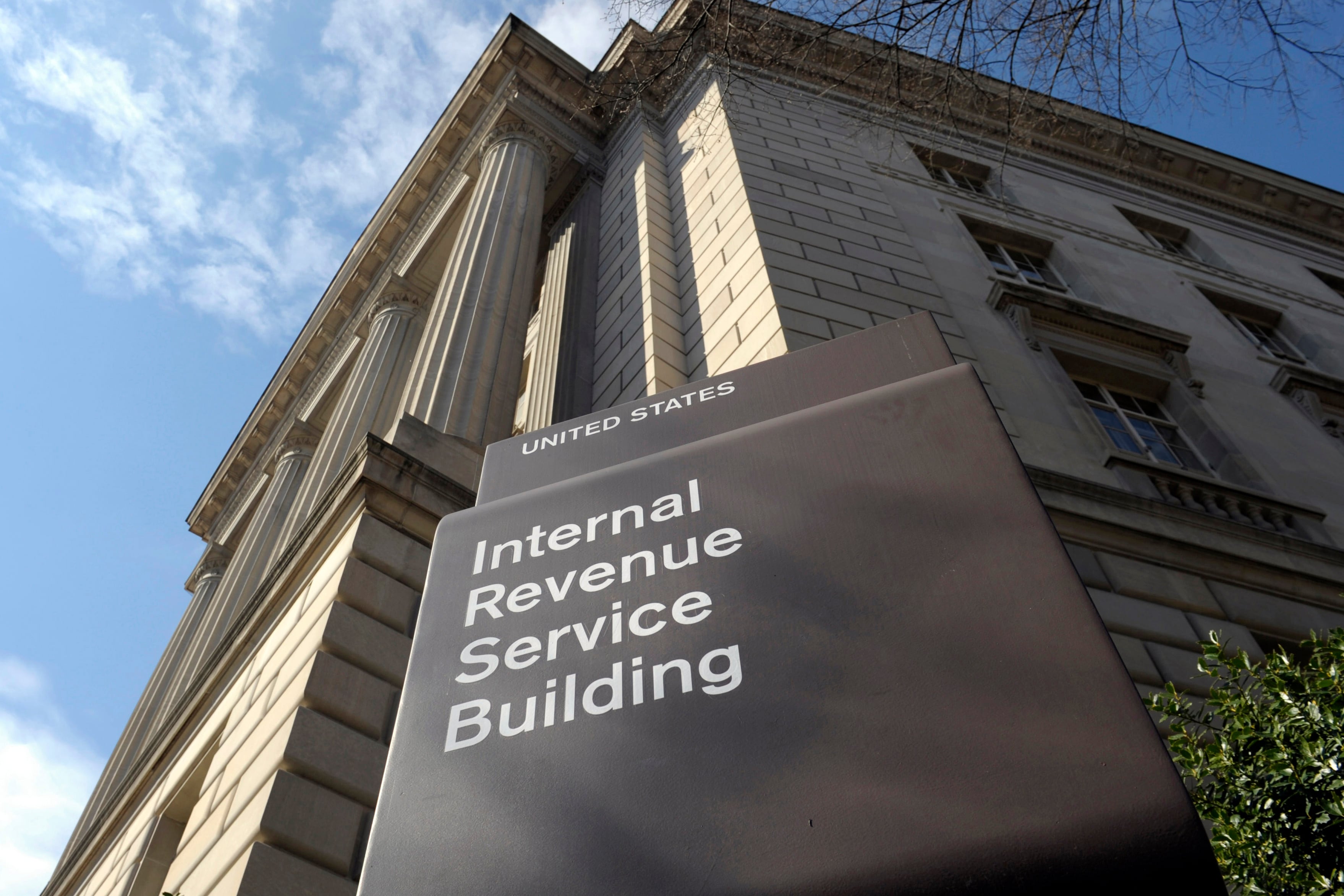If you’ve ever spent a fortune at the emergency vet, pet insurance might sound appealing. By paying some of your vet expenses, these policies can save you money and help you make care decisions based on what’s best for your pet rather than what you can afford.
But insurance doesn’t pay for everything. Before you buy pet insurance, you’ll want to understand exactly what it will — and won’t — cover.
Covered: Accidents
If you want coverage for unexpected vet expenses, you can choose either an accident-only plan or an accident and illness plan. Both can pay to treat injuries such as broken bones, snakebites or swallowed socks.
Coverage varies by company, but you can expect most pet insurance policies to pay for diagnostic tests, surgery and medications, Dr. Aliya McCullough, chief veterinary officer and director of veterinary affairs at Fetch Pet Insurance, said in an email.
The vet’s examination fee may or may not be covered, depending on your policy. And some companies may charge extra to cover prescription medication.
Most pet insurance policies have a waiting period between when you buy the plan and when coverage takes effect. If your pet is injured during the waiting period, your plan won’t reimburse you.
Usually covered: Illness
The most common type of insurance, accident and illness coverage, also pays for treatment if your pet gets sick.
Some of the most frequent reasons for vet visits are allergies, infections, stomach issues, arthritis and cancer, according to McCullough. These conditions generally fall under a plan’s illness coverage, which can reimburse you for diagnostic tests, medication, surgery and hospital stays.
However, exclusions may apply. “Some companies separate out certain types of treatments,” Kristen Lynch, executive director of the North American Pet Health Insurance Association, said in an email.
For example, your plan might not cover treatments like acupuncture or physical therapy unless you pay extra. There may also be limitations for illnesses such as hereditary conditions or dental disease.
Usually not covered: Preexisting conditions
Some people don’t think about buying insurance until their pet gets a serious diagnosis like cancer or heart disease — but by then it’s likely too late. Most pet insurance providers won’t cover conditions that showed symptoms before you bought your policy or during the waiting period.
Some insurers will pay to treat curable preexisting conditions if they haven’t shown symptoms for a certain period of time, McCullough said. Curable conditions could include respiratory infections or broken bones.
Usually not covered: Preventative care
A standard pet insurance policy won’t cover many common vet expenses a new pet parent faces, such as spay or neuter surgery, vaccinations and annual checkups. Insurers consider these services to be routine care and won’t pay for them under an accident and illness plan.
However, many companies offer preventive care coverage as an add-on. Compare the cost of this coverage with what your vet charges for routine services to make sure it’ll save you money.
Not covered: Pre-deductible costs
A deductible is the amount you pay toward vet expenses before your insurer starts reimbursing you. For example, if you have an annual deductible of $500 and your pet needs $300 of treatment in a given year, your plan won’t pay anything.
You can often lower the cost of your plan by choosing a higher deductible. Just be sure to pick an amount you can afford, says Janet Ruiz, director of strategic communication at the Insurance Information Institute.
How to avoid surprises
Researching plans before you buy can help prevent claim denials and other unpleasant surprises. Follow these tips:
READ SAMPLE POLICIES. One of the best ways to see what is and isn’t covered is by reading the policy. Many pet insurers have sample policies available on their websites, Lynch said. Don’t understand the coverage? Reach out to the company.
ASK ABOUT POLICY LIMITS. See whether the plan you’re considering has maximum payouts for certain conditions or services, or for all treatment in a given year.
CHECK THE REIMBURSEMENT RATE. After you hit your deductible, most insurers will pay a set percentage of your vet expenses, typically 70% to 90%. The higher the reimbursement, the more expensive the plan.
RESEARCH THE CLAIMS PROCESS. See how much time you have to file a claim, McCullough said. “You don’t want to have a claim denied because you didn’t submit it on time.”













